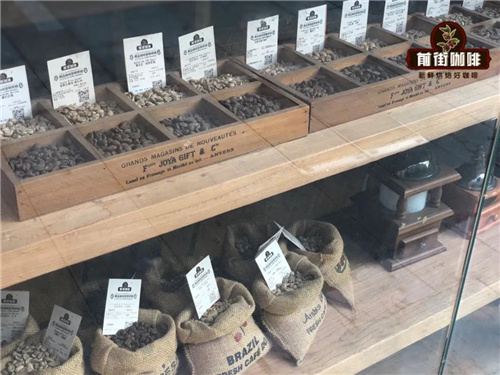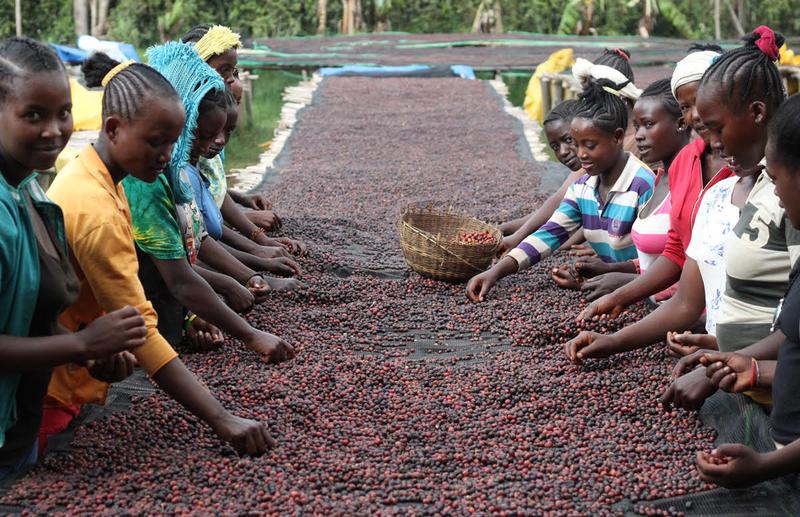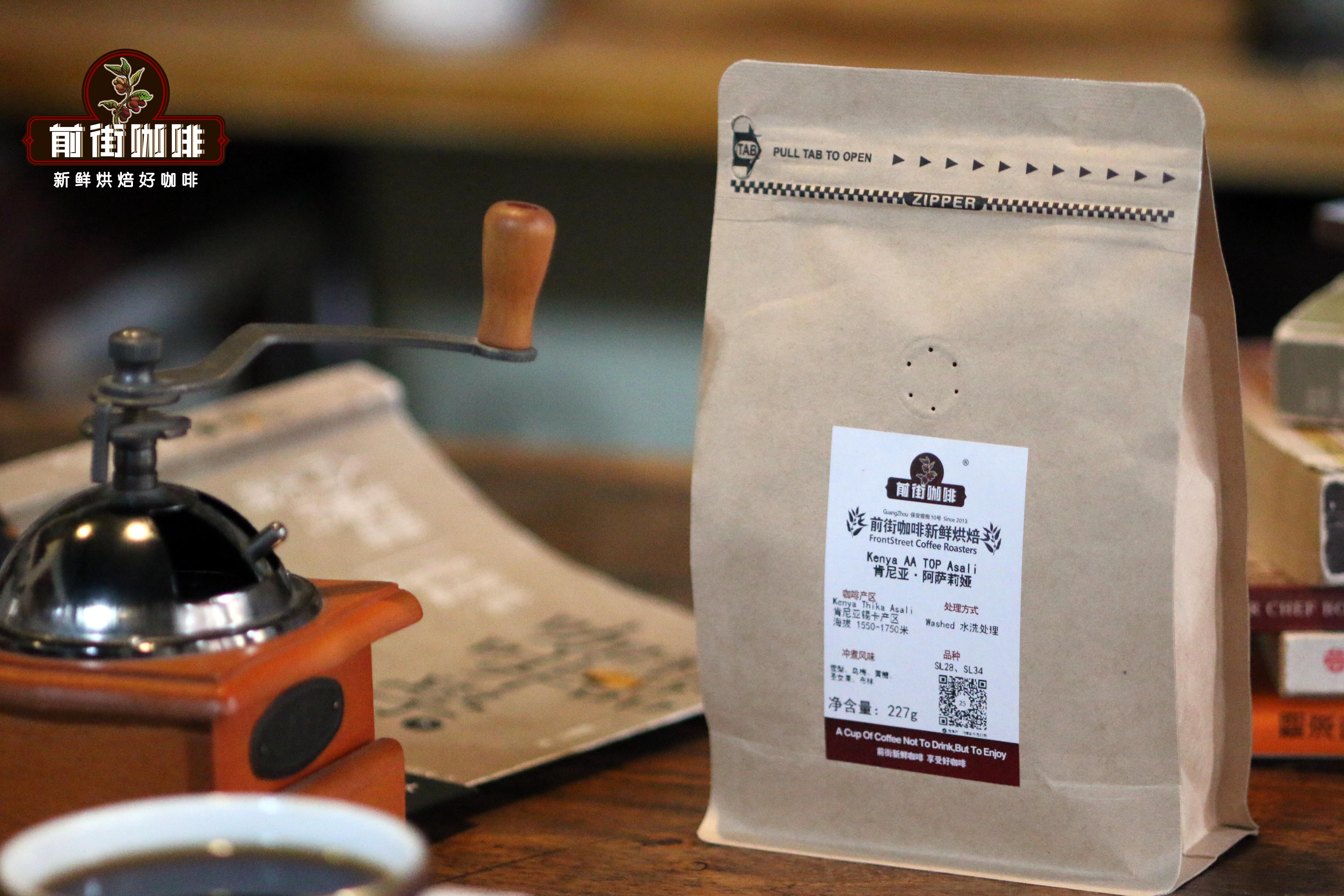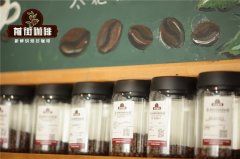Taste characteristics of Kenyan coffee beans introduction to the historical origin of Kenyan coffee
What is the recommended food for Kenyan coffee? The first to bear the brunt are fruit foods-most berries, similar to strawberries and raspberries. People sometimes drink coffee for a healthy life, but some desserts are not very good. Qianjie is here today to share with you the fruit suitable for Kenyan coffee beans. The basic rule for most berries is to mix them with coffee from Kenya, Ethiopia or Uganda. In this combination, the fruity aroma of coffee highlights the berry flavor. For some people, coffee is the driving force of life, and so is breakfast, so match them up. Perhaps the most common time of day to drink coffee is breakfast. However, depending on the type of breakfast you choose, why not go with your favorite coffee? Have you noticed that when you go to a coffee shop, there are always all kinds of sweet baked goods? This is because they go well with coffee! The sweetness of the baked goods counteracts the bitterness of the coffee. When you want to indulge or enjoy delicious cake, match coffee with dessert.

In front of the street, there is a bourbon variety SL28 and sL34 hybrid Asaria coffee beans from Kenya Sika. Qianjie uses a medium-shallow roasting cup to show a strong dry aroma of lemon and plum, shallow roasting with flower, lemon and other amazing aromas, green apple, berry, caramel, coffee berry sweetness, bright, juicy, crisp and sweet, with caramel at the end. Qianjie suggests that when you first start to brew this coffee, you should use the standard three-stage method.
Recommended cooking method: hand flushing
Filter cup: v60 filter cup
Water temperature: 90-92 °C
Amount of powder: 15g
Powder / water ratio: 1:15
Degree of grinding: medium and fine grinding (Chinese standard No. 20 screen pass rate 80%) flushing and cooking method: segmented extraction
Steam with 30 grams of water for about 30 seconds, when 125 grams of water is injected around the center of the small flow, continue to inject water to the end of 225 grams when the water level is about to expose the powder bed, and remove the filter cup when the water level is about to expose the powder bed. The extraction time is 2 minutes 39 percent 00 ".

The history of coffee:
Although it has a border of more than 865 kilometers with Ethiopia, the birthplace of coffee, coffee must travel around the world to take root in Kenya. Although the earliest credible reports put coffee in Ethiopia around 850 AD, coffee was not first planted in Kenya until 1893 when French missionaries planted trees in Bula on Mount Tita.
Under the British Empire, export-oriented coffee production expanded. Large privately owned coffee plantations were established and most of the harvest was shipped to England on parchment and sold to roasters before grinding. Roasters often mix bright Kenyan flavor with South American coffee with a stronger chocolate flavor.
Although the size and value of the large estate are growing, indigenous Kenyans have not benefited from it. In fact, European settlers took direct action to exclude indigenous peoples from growing their own coffee.
In order to reduce competition, make labour available and cheap, and to continue to increase the demand for quality coffee, the Coffee Committee was established to formulate regulations for coffee production and marketing. The Nairobi Coffee Exchange (NCE), which continues to this day, was established in Nairobi to retain more of the value of raw coffee of origin.
The Coffee Committee strictly controls the license for the cultivation and processing of coffee. Although the law in force did not specify that indigenous people could not grow coffee, it was not until the 1950s that the owners of large estates made it functionally impossible for indigenous farmers to obtain coffee cultivation licenses.
These laws protect the interests of the big landlords. Not only could more cultivation drive down the price of Kenyan coffee, but large farmers worry that if small and indigenous farmers have their own coffee farms, they will not do paid work on settler farms.
Important Notice :
前街咖啡 FrontStreet Coffee has moved to new addredd:
FrontStreet Coffee Address: 315,Donghua East Road,GuangZhou
Tel:020 38364473
- Prev

What kind of coffee is Kenyan coffee beans suitable for? introduction to the flavor and taste of Kenyan coffee
Kenyan coffee is perhaps the favorite coffee from African countries for many acidity lovers. I believe that when many people try African coffee beans for the first time, they will be shocked by the taste of coffee beans they don't want to be. Africa, more specifically East Africa, produces some of the most unique coffee in the world, characterized by bright floral and fruity aromas.
- Next

Kenya PB? Flavor and taste characteristics of coffee round beans 8 grades and standards of Kenyan coffee
Peaberry means that one coffee bean grows in a cherry, not two. Because the rounder shape minimizes the sharp edges, it makes it easier for the berries to roll in the baking room and roast slightly more evenly, bringing a very consistent flavor to the coffee. Kenyan round bean coffee tastes similar to Kenyan AA coffee. Kenya round beans (PB) coffee beans are coffee trees
Related
- Detailed explanation of Jadeite planting Land in Panamanian Jadeite Manor introduction to the grading system of Jadeite competitive bidding, Red bid, Green bid and Rose Summer
- Story of Coffee planting in Brenka region of Costa Rica Stonehenge Manor anaerobic heavy honey treatment of flavor mouth
- What's on the barrel of Blue Mountain Coffee beans?
- Can American coffee also pull flowers? How to use hot American style to pull out a good-looking pattern?
- Can you make a cold extract with coffee beans? What is the right proportion for cold-extracted coffee formula?
- Indonesian PWN Gold Mandrine Coffee Origin Features Flavor How to Chong? Mandolin coffee is American.
- A brief introduction to the flavor characteristics of Brazilian yellow bourbon coffee beans
- What is the effect of different water quality on the flavor of cold-extracted coffee? What kind of water is best for brewing coffee?
- Why do you think of Rose Summer whenever you mention Panamanian coffee?
- Introduction to the characteristics of authentic blue mountain coffee bean producing areas? What is the CIB Coffee Authority in Jamaica?

